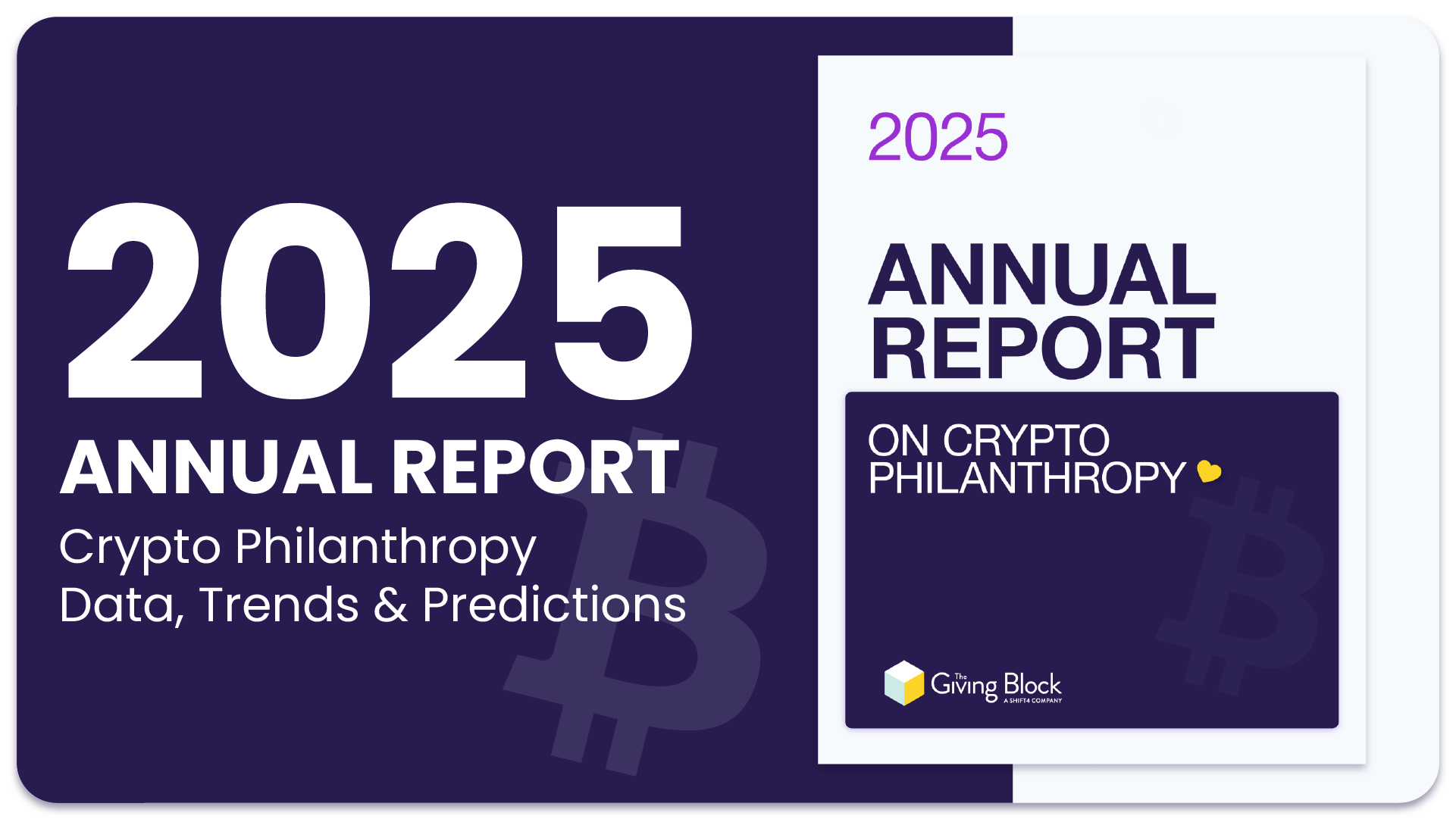So, you’re faced with the difficult task of finding new donors. Before you get too deep in planning your nonprofit’s next donor outreach efforts, take some time to learn about how demographics will play a significant role in shaping philanthropy in the 2020s and beyond.
For instance, did you know that an estimated $68 trillion will be inherited over the next 25 years, mostly by Millennials?
As the demographics of our society change, so too do the motivations, interests, and giving behaviors of donors. In turn, you can use these findings to improve the success of your donor acquisition campaigns.
Here are a few ways in which today’s demographic trends are changing philanthropy:
7 Ways That America’s Demographics Have Changed
By 2050, America’s population is forecast to grow by about 100M, according to several estimates. But these numbers barely scratch the surface of the changes related to the population’s age, race, faith and other demographics.
1. The Population is More Ethnically Diverse Than Ever
The United States is becoming more diverse every year, as a result of immigration and birth rate changes. For example, Latino populations grew the most between 2010 and 2020, while the number of white-identifying citizens declined overall.
The number of people who identify as multiracial has also grown rapidly in recent years. According to the U.S. Census Bureau, in 2020, 33.8 million people identified as two or more races, representing 10.4% of the total population.
In 2020, about 44.9 million foreign-born people lived in the United States, representing 13.7% of the total population. The share of foreign-born people living in the U.S. is expected to continue to grow and surpass levels reached during the major immigration waves of the early 1900s.
2. Younger Generations Are Rising in Importance
Here’s a fact that might surprise you: Millennials are now the largest generation in the workforce. Millennial workers make up about 35% of the labor force, which comes out to roughly 56 million people.
Despite their numbers, this generation only owns about 5% of the nation’s wealth, which is far less than boomers had at the same age, when adjusted for inflation. However, this is expected to change as millennials are set to inherit the largest generational wealth transfer in history, which has been estimated to be worth up to $84 trillion.
What’s not changing anytime soon, however, is the large influence that Millennials (and increasingly, Gen Z) are having on our culture, from corporate decisions to the political landscape.
3. Traditional Religious Affiliation Has Decreased
There has been a decline in religious affiliation and attendance in the United States in recent years. While the U.S. has historically been a predominantly Christian country, the percentage of adults who identify as Christians—or any other kind of religion—has declined in recent years.
In 2020, less than half of Americans reported belonging to a church, synagogue, or mosque—a first for the country. What’s more, the percentage of U.S. adults who identify as religiously unaffiliated has been increasing in recent years, from 16% in 2007 to 29% in 2020.
This trend, at least in part, can be seen as a generational shift: younger generations are less likely to be affiliated with organized religion than older generations.
4. Women Are More Educated Than Men and Control One-Third of Wealth
Women are now more educated than men in the United States. According to data from the National Center for Education Statistics, women have been earning more college degrees than men since the 1980s.
Presently, women are more likely than men to have both bachelor’s and master’s degrees. As a result, women also now make up a higher share (50.7%) of the college-educated workforce.
Women’s increasing share of wealth may be correlated to these increasing levels of education. According to data from BCG, the share of wealth controlled by women has increased by $5 trillion annually, which has outpaced the overall pace of the wealth market. Women now have control of 32% of the world’s wealth, up a few percentage points from recent years.
5. The General Population is Getting Older
Overall, the U.S. population is aging. In 2020, there were 54 million people aged 65 and older in the U.S., representing 16% of the total population. By 2050, this number is projected to reach 95 million, or 23% of the population.
This is due to several factors, including increased life expectancy and declining fertility rates. For instance, in 2019, life expectancy at birth was 76.1 years for men and 81.1 years for women. Meanwhile, fertility rates have been declining since the 1960s. In 2020, the total fertility rate was about 1.64 children per woman, below the “replacement level” of 2.1 children per woman.
An aging population has wide-ranging implications for society, from healthcare to retirement to workforce participation.
6. Urbanization Has Accelerated
Urbanization is the process by which people move from rural areas to cities and towns, and the United States has experienced significant urbanization over the past century. Today, the majority of Americans (82%) live in urban areas, up from 64% in 1950.
The U.S. population continues to shift towards urban areas, with more people moving to metropolitan cities and suburban areas. This trend is expected to continue, with urban areas projected to be home to 87% of the U.S. population by 2050.
Why the shift? Urban areas offer a wide range of economic opportunities, including jobs in finance, technology, and the creative arts. Cities also attract businesses and startups looking to tap into the talent and resources available in urban areas.
7. Wealth Disparities Are More Pronounced
Economic inequality in the U.S. has been increasing over the past few decades. The wealthiest individuals and families have seen their incomes and wealth grow at a much faster rate than the rest of the population. At the same time, many working-class and middle-class families have experienced stagnant wages and limited economic mobility.
For example, the income gap between the richest and poorest households in the U.S. has been widening since the 1970s. In 2019, the top 1% of households earned about 15 times more than the bottom 50% combined.
Wages for low- and middle-income workers have remained largely stagnant since the 1970s, even as productivity and corporate profits have increased. As a result, economic mobility, or the ability to move up the income ladder over time, has also declined in the U.S. in recent decades.
What Do These Demographic Changes Mean for Charitable Giving?
While these trends are just a sample of recent demographic changes, they reflect the reality of contemporary American life. In both significant and subtle ways, these changes can sway the values that influence why, how, and where Americans give.
A recent study by Deloitte devoted to demographics and philanthropy suggests that:
- Religious giving makes up a smaller share of total giving than in previous years
- Women now control more wealth—and more charitable giving—than before
- With trillions to be inherited over the next 25 years, Millennials will have a growing influence in philanthropy
- Giving in urban and rural parts of the US can differ significantly
- Foreign-born U.S. residents are sending record amounts abroad to their families, friends, and charities
In the coming years and decades, fundraisers will need to consider whether their approaches still reflect the values and giving behaviors of modern donors.
How Can Your Nonprofit Prepare for the Future of Philanthropy?
Understanding what donors want is key to eventually earning their support. To inspire new donors to give to your cause, you will need to prove that your mission and impact aligns with their values and worldview.
Here are three active ways you can to take Americans’ demographics and giving behaviors into consideration:
Study the Values of Modern Donors
As the population becomes more diverse, philanthropy is also becoming more diverse. Donors are increasingly interested in supporting organizations that address climate change, promote social justice and tackle issues related to race, ethnicity, and gender.
Plan for the Generational Wealth Transfer
Younger generations, such as Millennials and Gen Z, are more likely to support causes that align with their values, such as sustainability and social justice. They also tend to prefer giving through digital platforms and are more likely to support grassroots organizations. Engaging with these younger generations of donors is essential to having sustained support from them as they reach their peak earning years and beyond.
Invest in New Ways to Connect with Donors
The use of technology is changing the way people give. Online giving platforms and social media have made it easier for individuals to donate to causes they care about, and for nonprofits to reach new donors. Accepting donations in non-cash assets like stocks and crypto can unlock new revenue streams for your nonprofit, while tapping into the generosity of donors in new ways.
Final Thoughts
Recent demographic trends are shaping the way Americans give—and in ways that are too significant to ignore. As the population continues to change, philanthropy will continue to evolve and adapt to new trends and behaviors.
To remain relevant, nonprofits will need to adapt to the wants and needs of modern philanthropists. With 1.7 million registered nonprofits in the United States, fundraising can feel more competitive than ever before. That’s why it’s essential for nonprofit to future-proof their organizations now by building connections with the next generation of donors.



















